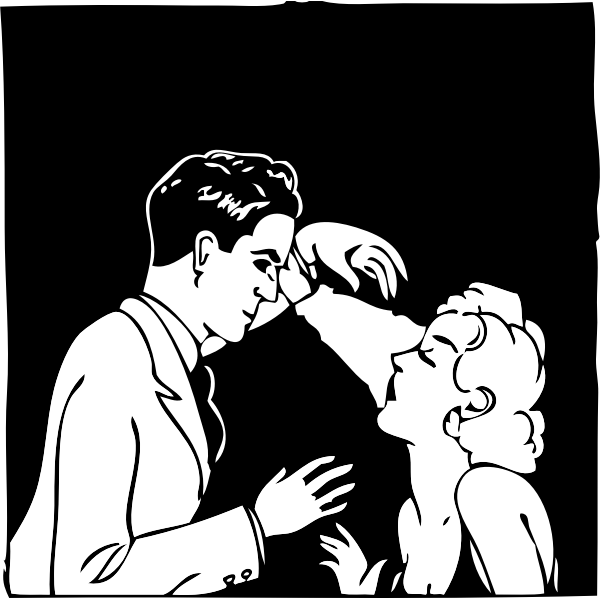
Some of the basic treatments of cognitive behavioral therapy, particularly when applied to acceptance and commitment therapy, it is convenient to consider as a method of self-hypnosis. This page explains why and how to do it.
Applications of hypnosis: self-hypnosis
Many psychological disorders are due to automated behaviors and, therefore, unconscious. To achieve a change in automatic behavior, we need to be aware of what we are doing, and what triggers it. Therapeutic sessions give the opportunity to experience change, from the behavior that causes and maintains the problem to another that is in line with our values.
The automation of changes
When you have already experienced change, not everything is resolved because the old behavior has the force of being a habit, because it has been repeated for a long time and has become automated and requires little energy and attention to be executed. While the new behavior needs all our attention to be able to execute it. Therefore, at times when our energy and attention drop, due to fatigue, stress, illness, etc. we will tend to do the behavior that costs us the least effort and we can do the old behavior again and we will experience it as a relapse and mistrust towards the possibility of making the change we would like.
We have experienced the change following the indications and suggestions of the therapist. Following the suggestions that the therapist gives, we have experienced the change. It is the best time to internalize and automate the process of change, experiencing the experience many times. We can do this by giving ourselves these commands, reinforcing the new behavior, and automating it in a process of self-hypnosis.
Repetition to automate
We know from the theory of relational frames that thought leads us to experience what it represents as if it were present. For this reason, every time we relive a problematic situation, feeling the negative emotions and the accompanying thoughts, and we give ourselves the order to change the problem behavior for the one that suits us best, we live the experience of change as if we were in it and thus we strengthen and automate the new behavior.
It is a process of self-hypnosis that leads to automatism and decreases the probability of relapse.
Automation is achieved based on the repetition of the changes that have been made; but automation is not a process of consciousness, of understanding and comprehending, it is a result of repetition. The way to automate a process is its repetition. There are examples that we have all experienced: as children, we have learned to walk or keep our balance through trial and error and with the perseverance of standing up and continuing to walk every time we fell. As adults, we need to do it consciously and it requires considerable effort. As adults, we learn to drive and many times we change gear automatically, without thinking about it; we even arrive at work by the usual route without knowing how: repetition is the preferred route for the automation of behavior.
You may also be interested to learn about hypnosis here learn hypnosis online
In therapy, we must learn that the start-up of automatic processes cannot be controlled and therefore will not go at the pace that we (therapist and patient) want. If we are not clear about what the automation process is, we can come to think that the therapy has failed. Patience is the virtue that must be applied and we must have confidence in the automatic processes that are behind the consolidation of what is being done in therapy.
Learning to stop trying to control the uncontrollable is necessary for the patient. The patient has to give up control; not in the hands of the therapist as a hypnotist, but by trusting in his own automatic processes. In this process, self-hypnosis can be a reference.




























